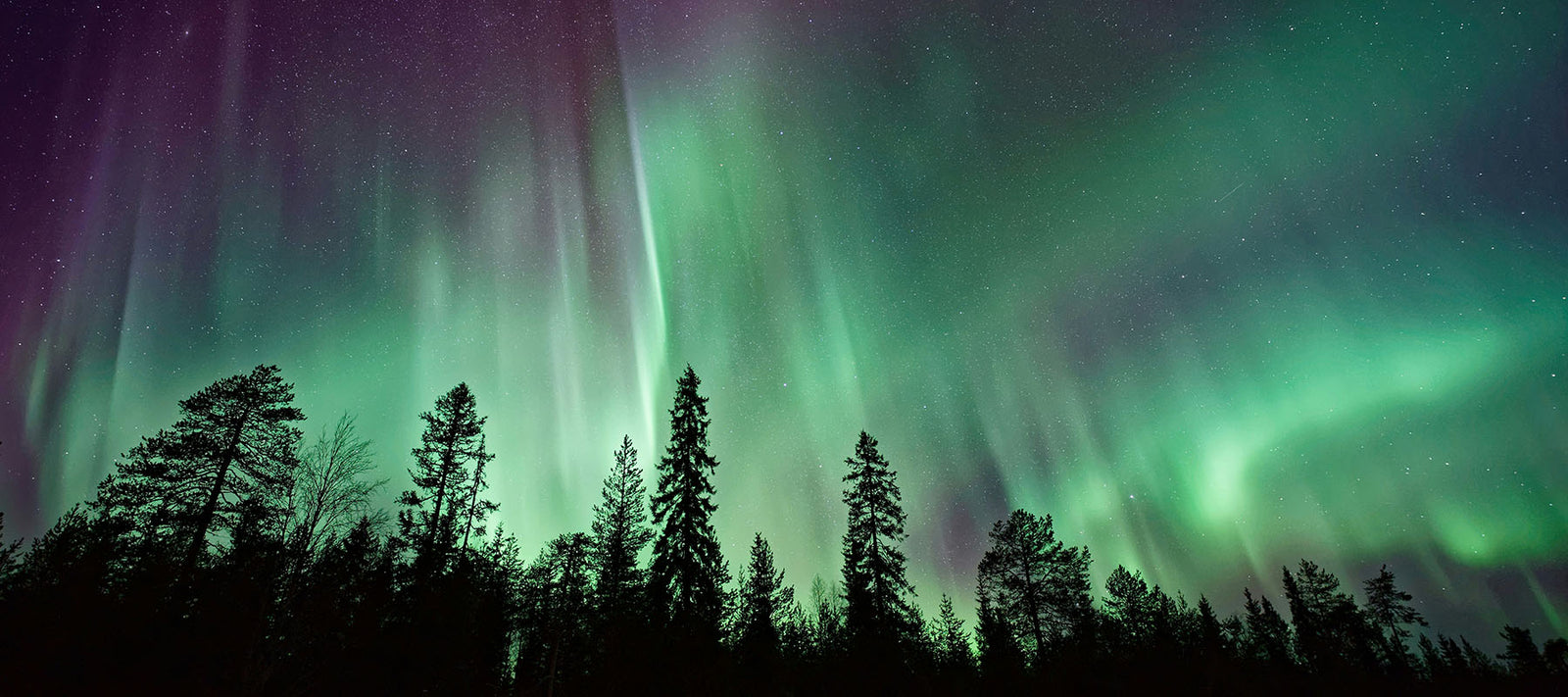Your Cart is Empty
December 02, 2024 3 min read
With the New Year approaching, we’re trying to get ahead of the action, making sure we don’t miss one night sky moment in 2025. Get ready for your next outdoor overnight with this list of the five celestial events you simply can’t miss this year.
When: Jan. 1-5
The Nitty-Gritty: The Quadrantis Meteor Shower kicks off 2025 with nearly five days of meteors and shooting stars lighting up the night sky. Considered an above average celestial event, the shower registers 40 meteors per hour at its peak—plenty to catch a shooting star (or five) from the pop-up camper or tailgate. Expect to see the most shooting stars around January 3 and 4 when a crescent moon descends early, leaving a fully dark night sky.
2
When: January and February
The Nitty-Gritty: According to scientists, we are approaching the peak of our solar cycle in 2025, meaning the Northern Lights will be visible for more places and for longer than any time in recent memory. That is great news for night sky fans, as the light show will likely pass closer to the Equator than normal. January and Feburary are the darkest months of the year in the Northern Hemisphere, offering up the longest time periods for Northern Lights viewing. National Parks like Olympic National Park and Glacier National Park tend to have less light pollution, and might just be your best shot at catching this show in action.
When: March 14
The Nitty-Gritty: North Americans will be treated to a full lunar eclipse in Mid-March, with moon passing completely beneath the Earth's shadow in this rare, but not completely unprecedented, night sky event (there will technically be two such eclipses in 2025). Expect to see the moon's light darken as it passes into the shadow, shifting to a rust red color.
When: July 17 - Aug. 14
The Nitty-Gritty: The Perseid Meteor Shower is a summer crowd pleaser in North America, not only for its abundance of shooting stars but because it occurs during the height of camping season and offers an unbelievable excuse to get outside. The height of the Perseid magic occurs around August 12 this year, but meteors will be visible for almost an entire month, so there's plenty of time to catch the action. Unfortunately, a bright moon could dull the show during its prime viewing window, but stay out a little later and you're likely to catch the magic in full bloom.
When: Oct. 7, Nov. 5, and Dec. 4
The Nitty-Gritty: Fall is super moon season, where the moon passes closest to the Earth and looms large on the horizon. Indigenous North Americans long celebrated this time with a series of traditions ranging from corn harvest to beaver trapping, but nowadays it has become one of the highlights of fall stargazing. Where will you be when the super moons strike?
When: Dec. 13-14
The Nitty-Gritty: Considered the king of the meteor showers, the Geminids Meteor Shower caps an eventful 2025 with night's full of shooting stars. Over 120 multi-colored meteors per hour will be visible at the shower's peak, giving even the novice stargazer a chance to enjoy the wonder of night sky gazing. Make sure to pick a remote location or even an official Dark Sky Place, as the moon will be a bit brighter this year and may decrease the amount of shooting stars visible to the human eye.
